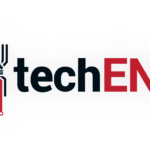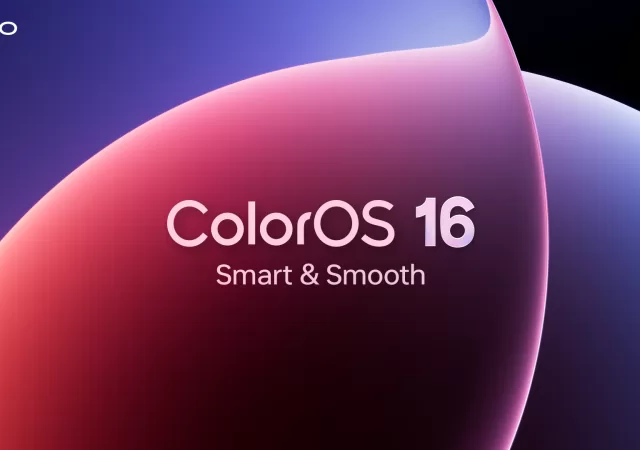Lost in the acronyms and abbreviations surrounding AI, from GP and GenAI to RAG and others, is one specific question:
Can we truly open source AI?
How would the principles of open source, namely permissive licenses, transparent training data and weights and, perhaps most of all, the ability to contribute to an open source model impact the resulting project?

Open models do exist from many of the most notable players in AI, but they aren’t open source or they impose certain restrictions…and that’s a challenge. To create models that really work for specific enterprise use cases, technology organizations need to understand the full scope of a model – how it was trained, what it was trained on, who contributed to it and so on – before they even think about fine-tuning it with their own internal data.
At Red Hat Summit 2023, we introduced Red Hat OpenShift AI, providing the foundation for running AI models at scale. A powerful, scalable and optimized platform for AI workloads, but not focused on delivering actual models. Today, we’ve made it clear that Red Hat’s strategy doesn’t solely exist in providing the backbone for AI-enabled applications – we want to bring the power of community and open source to the models themselves.
In collaboration with IBM Research, we’re open sourcing several models for both language and code-assistance. But what makes this even more exciting is InstructLab – a new open source project that allows individuals to enhance a model, through a simple user interface. Think of it as being able to contribute to an LLM in the same way you would with Pull Requests to any other open source project.

Instead of forking an LLM, which creates a dead-end that no one else can contribute to, InstructLab enables anyone around the world to add knowledge and skills. These contributions can then be incorporated into future releases of the model. Put simply…you don’t need to be a data scientist to contribute to InstructLab. Domain and subject matter experts (and data scientists too) can use InstructLab to make contributions that benefit everyone. I cannot overstate how powerful this is – both for the community and enterprises!
RHEL AI combines the critical components of the world’s leading enterprise Linux platform (in the form of the newly-announced image mode for Red Hat Enterprise Linux), open source-licensed Granite models and a supported, lifecycled distribution of the InstructLab project. InstructLab further extends the role of open source in AI, making working with or contributing to the underlying open source model as easy as contributing to any other community project.
AI innovation should not be limited to organizations that can afford massive GPU farms or brigades of data scientists. Everyone, from developers to IT operations teams to lines of business, needs the capacity to contribute to AI in some way, in a manner of their choosing. That’s the beauty of InstructLab and the potential of RHEL AI – it brings the accessibility of open source to the often-closed world of AI.
This is where Red Hat’s AI product strategy is going. Our history embodies our philosophy. We enabled the power of open source for Linux, Kubernetes and hybrid cloud computing for the enterprise.
Now, we’re doing the same for AI. Everyone can benefit from AI, so everyone should be able to access and contribute to it. Let’s do it in the open.






